Related Research Articles
Richard Cox or Coxe may refer to:

Sir David Roxbee Cox was a British statistician and educator. His wide-ranging contributions to the field of statistics included introducing logistic regression, the proportional hazards model and the Cox process, a point process named after him.

Brian Edward Cox is an English physicist and musician who is a professor of particle physics in the School of Physics and Astronomy at the University of Manchester and the Royal Society Professor for Public Engagement in Science. He is best known to the public as the presenter of science programmes, especially BBC Radio 4’s The Infinite Monkey Cage and the Wonders of... series and for popular science books, such as Why Does E=mc2? and The Quantum Universe.
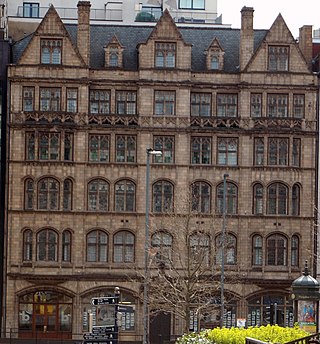
Queen's College was a medical school in central Birmingham, England, and a predecessor college of the University of Birmingham. It was founded by surgeon William Sands Cox in 1825 as The Birmingham Medical School, a residential college for medical students. Cox's ambition was for the college to teach arts, law, engineering, architecture and general science. It was the first Birmingham institution to award degrees, through the University of London.

The Garvan Institute of Medical Research is an Australian biomedical research institute located in Darlinghurst, Sydney, New South Wales. Founded in 1963 by the Sisters of Charity as a research department of St Vincent's Hospital, it is now one of Australia's largest medical research institutions, with approximately 750 scientists, students and support staff.

Christopher Christian Cox was known as an American surgeon, professor at Philadelphia College of Medicine and the first lieutenant governor of Maryland.
Sir John Coxe Hippisley, 1st Baronet, was a British diplomat and politician who pursued an 'unflagging, though wholly unsuccessful, quest for office' which led King George III of Great Britain to describe him as 'that busy man' and 'the grand intriguer'.
The Weldon Memorial Prize, also known as the Weldon Memorial Prize and Medal, is given yearly by the University of Oxford. The prize is to be awarded
without regard to nationality or membership of any University to the person who, in the judgement of the electors, has, in the ten years next preceding the date of the award, published the most noteworthy contribution to the development of mathematical or statistical methods applied to problems in Biology.

Cox's Bazar Medical College is a government medical school in Bangladesh, established in 2008. It is located in Cox's Bazar.
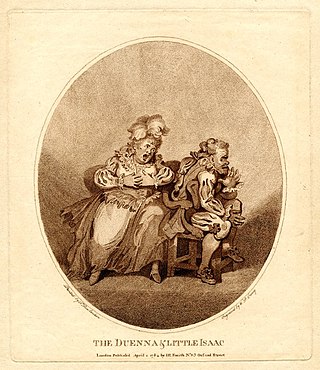
Jane Hippisley, subsequently Mrs. Green (1719–1791), was a British actress.
James L. Cox is an American cardiothoracic surgeon and medical innovator best known for the development of the Cox maze procedure for treatment of atrial fibrillation in 1987.
Quarwood or Quar Wood is a Victorian manor near Stow-on-the-Wold, Gloucestershire, England. It was formerly owned by The Who's bassist John Entwistle.
QRISK3 is a prediction algorithm for cardiovascular disease (CVD) that uses traditional risk factors together with body mass index, ethnicity, measures of deprivation, family history, chronic kidney disease, rheumatoid arthritis, atrial fibrillation, diabetes mellitus, and antihypertensive treatment.
Henry Cox (1832–?) was a member of the Virginia House of Delegates in the 1870s.
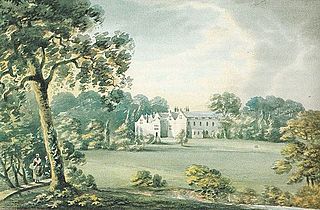
Little Fulford was a historic estate in the parishes of Shobrooke and Crediton, Devon. It briefly share ownership before 1700 with Great Fulford, in Dunsford, about 9 miles (14 km) to the south-west. The Elizabethan mansion house originally called Fulford House was first built by Sir William Peryam (1534-1604), a judge and Lord Chief Baron of the Exchequer. It acquired the diminutive epithet "Little" in about 1700 to distinguish it from Fulford House, Dunsford and was at some time after 1797 renamed Shobrooke House, to remove all remaining confusion between the two places. Peryam's mansion was demolished in 1815 and a new house erected on a different site away from the River Creedy. This new building was subsequently remodelled in 1850 in an Italianate style. It was destroyed by fire in 1945 and demolished, with only the stable block remaining today. The landscaped park survives, open on the south side to the public by permissive access, and crossed in parts by public rights of way, with ancient large trees and two sets of ornate entrance gates with a long decorative stone multiple-arched bridge over a large ornamental lake. The large pleasure garden survives, usually closed to the public, with walled kitchen garden and stone walls and balustrades of terraces. The park and gardens are Grade II listed in the National Register of Historic Parks and Gardens. The estate was the home successively of the families of Peryam, Tuckfield, Hippisley and lastly the Shelley baronets, in whose possession it remains today.
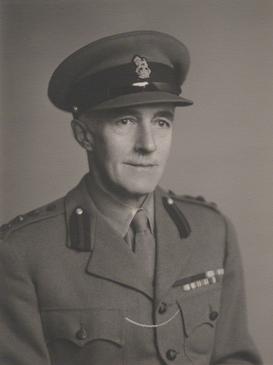
Colonel Sir Edward Geoffrey Hippisley-Cox was a British Army officer and parliamentary agent.

Gournay Court in the parish of West Harptree, Somerset, England, is a country house built circa 1600. The house, along with the manor of West Harptree, was owned by the Duchy of Cornwall. During World War I, it became a hospital. In 1928, it was bought by Sir Edward Geoffrey Hippisley-Cox. It is now the residence of the local Member of Parliament (MP) Jacob Rees-Mogg and his family.
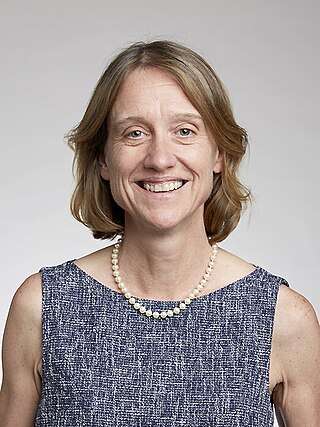
Julia Alison Noble is a British engineer. She has been Technikos Professor of Biomedical Engineering at the University of Oxford and a fellow of St Hilda's College since 2011, and Associate Head of the Mathematical, Physical and Life Sciences Division at the university. As of 2017, she is the chief technology officer of Intelligent Ultrasound Limited, an Oxford spin-off in medical imaging that she cofounded. She was director of the Oxford Institute of Biomedical Engineering (IBME) from 2012 to 2016. In 2023 she became the Foreign Secretary of The Royal Society.

Julia Margaret Flesher Koch is an American socialite and philanthropist who is one of the richest women in the world. In the annual Forbes ranking for April 2023, she ranked second among the richest women in the world with a fortune of $59 billion. She inherited her fortune from her husband, David Koch, who died in 2019.
References
- ↑ "Hippisley-Cox, Professor Julia".
- ↑ "Julia Hippisley-Cox". www.phc.ox.ac.uk.